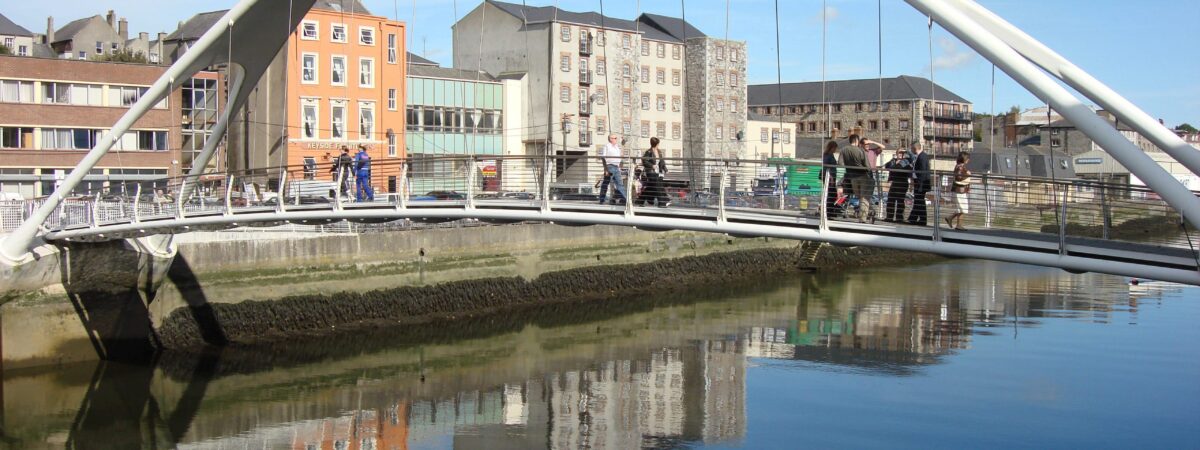
 Tourist attractions
Tourist attractions  Restaurants, irish pubs
Restaurants, irish pubs  Accomodations
Accomodations  Campings
CampingsDrogheda (Droichead Atha in Irish Gaelic) is a seaside town north of Dublin with a population of 28,000. Although, like Limerick, it has suffered from an “industrial town” image, Drogheda is now regaining its reputation as one of the most dynamic towns in the county!
Drogheda was founded in 911 by the Danes, and grew for several centuries, until the Irish Parliament made it its official seat in 1494.
The town suffered a sad period in its history during the Irish Confederate Wars. Drogheda had to endure a first siege, then a second, this time by Oliver Cromwell. The inhabitants of Drogheda were exterminated and/or deported. The massacre was so murderous that Drogheda’s inhabitants still have bitter memories of it today, despite the centuries that have passed.
Another landmark in Drogheda’s history is the Battle of the Boyne, a battle between the army of William III of Orange (British) and the Roman Catholic King James II of Ireland, who lost the English throne in the Glorious Revolution of 1688.
Today, Drogheda has developed mainly around port and rail trade. Although it has long retained an image of an industrial town, Drogheda is gradually standing out and attracting more and more foreign companies and investors from prosperous sectors such as high-tech.